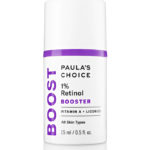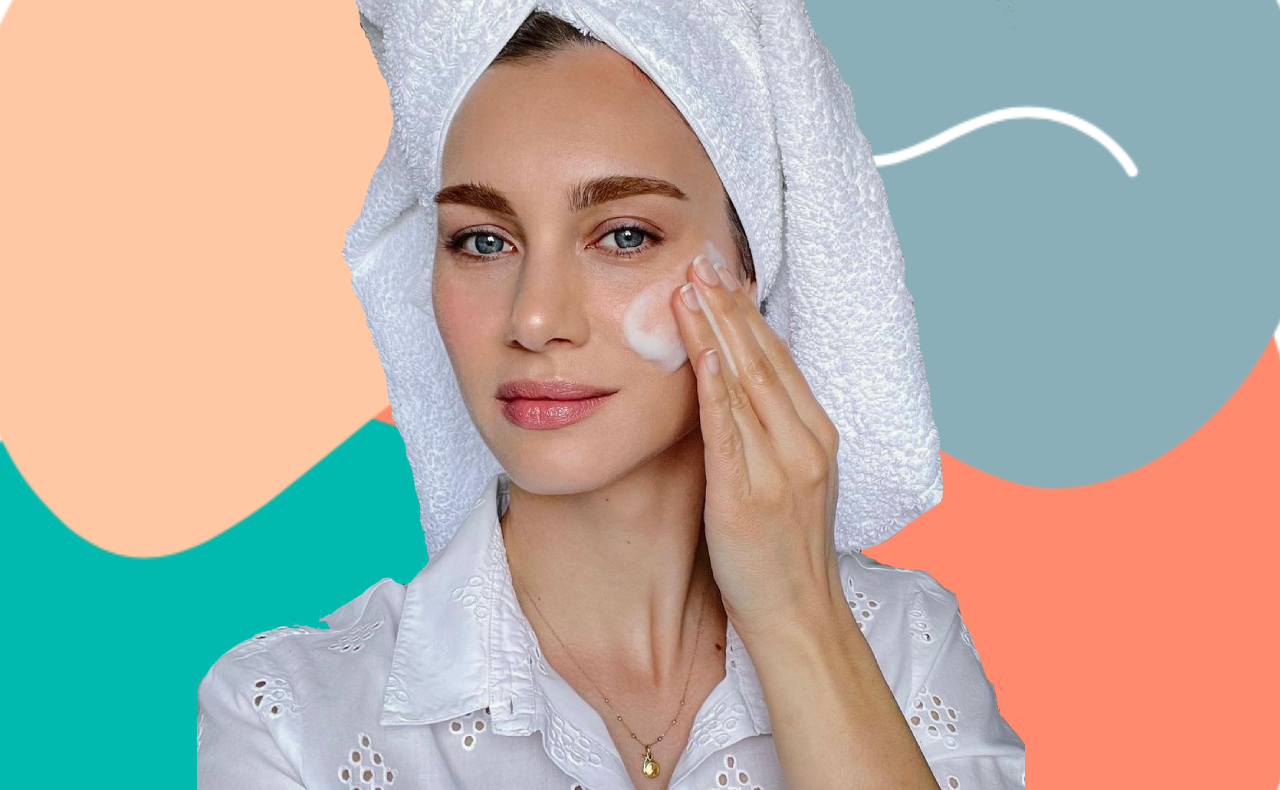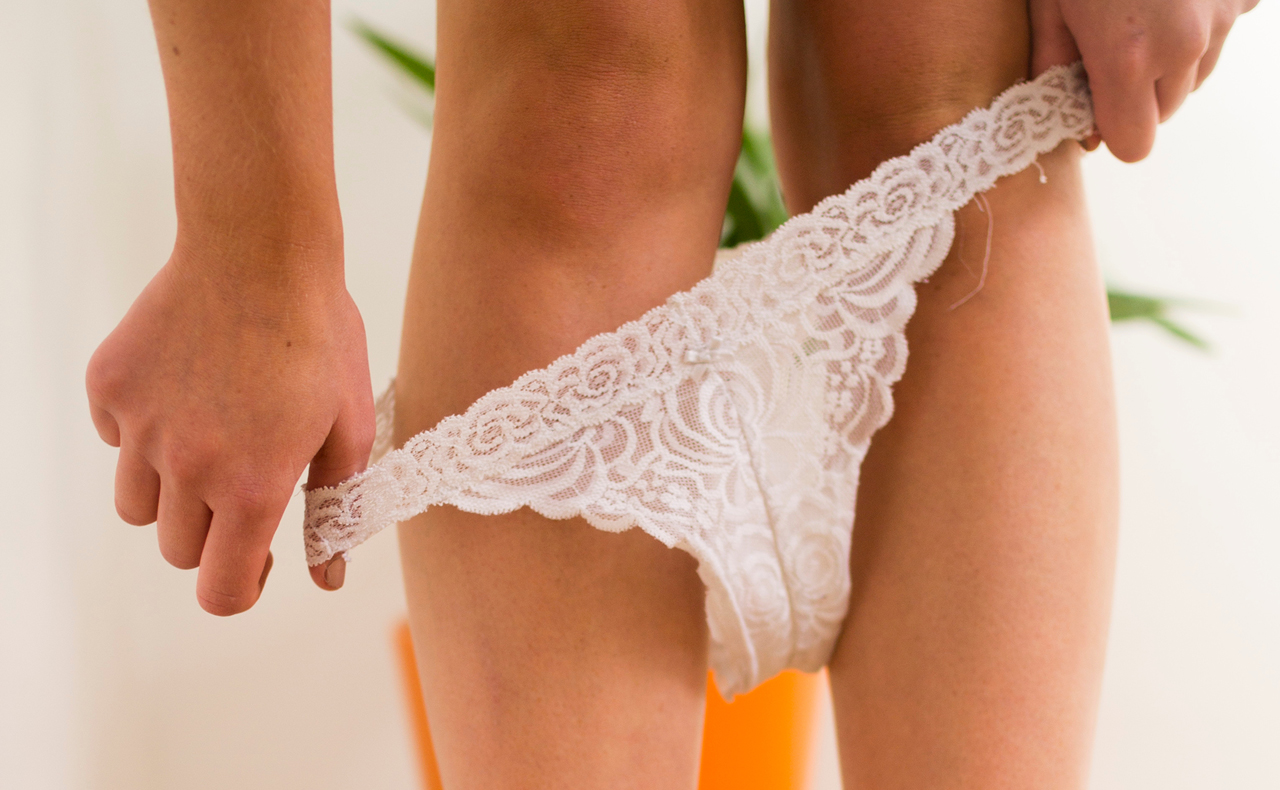For years I suffered from broken capillaries around my nose without even knowing it.
I have fair skin with mild rosacea, and always just thought the little spidery veins on the sides of my nose were part of that.
It wasn’t until I started getting regular facials that my clinician brought the condition to my attention, explaining that those little red veins were called broken capillaries. And unfortunately, as with most skin conditions, getting older has only made it worse.
As I enter my late-20s, my broken capillaries are starting to spread farther around my nose and are becoming increasingly difficult to cover up.
It’s something I’ve become very self conscious about, which is why when I had the opportunity to try the DMK Enzyme Therapy Treatment or “Game of Thrones facial” a few weeks ago, I was so excited to learn that the facial actually helps prevent broken capillaries!
After my treatment, I had the chance to chat with Debbie Dickson, Australia’s Director or Education at DMK, about my skin concerns and got the lowdown on all things broken capillaries. So if you’re suffering from those pesky broken capillaries too, keep reading!
RELATED: The best treatment for broken capillaries
RELATED: How to detox your skin this autumn
What are broken capillaries?
“Even though people call them ‘broken capillaries’ most of the time they are not actually broken, they are just weakened vessels known as fragile capillaries,” Debbie explains. They are most commonly found on the face, specifically around the nose and cheeks. They occur when a blood vessel swells and contracts too quickly, creating a tear in the capillary wall which allows blood to seep out.
Why do we get broken capillaries?
Debbie says the main reason broken capillaries occur is because blood vessels become weakened when transitioning between extreme temperatures or from sun damage. “It could also be a case of extra vessels growing underneath the skin and becoming more visible, this is called vascular matting and can be due to poor circulation,” she adds.
There are some other factors that can contribute to broken capillaries, such as having sensitive skin, a genetic predisposition, trauma to the face, hormonal changes, or medical and skin conditions.
Can we treat broken capillaries?
Unfortunately broken capillaries don’t go away on their own, and do require treatment if you’re looking to get rid of them. The most effective way to treat them is with IPL or laser treatments. Topical treatments that contain vitamin A are a less invasive option if you’re looking for an at-home remedy.
We recommend: Peter Thomas Roth Retinol Fusion PM Serum, Paula’s Choice 1% Retinol Booster, Dermalogica Age Smart Overnight Repair
RELATED: Everything you need to know about retinol
How can we prevent broken capillaries?
You can’t always prevent broken capillaries, especially if you have a genetic predisposition or skin type that is more susceptible to the condition.
However, aside from staying out of the sun and avoiding extreme temperature changes, ensuring your skin has sufficient oxygen flow is important for preventing broken capillaries in the future. “The skin is fed through blood supply, so when we don’t have good circulation and oxygenation to the skin, the body is always trying to restore equilibrium or haemostasis so it grows more blood vessels (angiogenesis) to try to get more oxygenated blood flow to the skin,” Debbie explains.
Getting frequent treatments that promote blood and oxygen flow through the skin, like the DMK Enzyme Therapy Treatment, can help prevent broken capillaries. It is also imperative to keep skin extremely hydrated especially during the summer when you run the risk of getting sun damage and are exposed to more environmental stressors.
Do you suffer from broken capillaries?






Thanks for the info. Darn winter sports